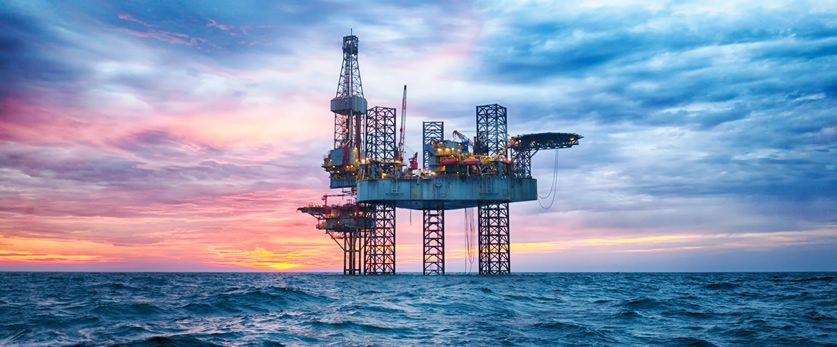
The potential for oil rigs in the North Sea to be powered by offshore wind farms is being explored, the Oil and Gas Authority have announced.
The OGA, the regulator of the UK’s oil and gas industry, has secured a £900,000 grant from the Better Regulation Executive in order to begin a project that aims to help support the country’s transition to renewable energy. As well as powering offshore oil rigs from renewable sources, the project will look into offshore hydrogen production and carbon capture and storage.
“This is a really exciting opportunity to advance the energy transition agenda, looking at practical steps that can be taken and how we as regulators can support that,” said Andy Samuel, chief executive at the OGA. “Oil and gas will be required to power our economy and heat our homes for the foreseeable future, but to me it is clear there are great opportunities now to more closely link up all forms of offshore energy production to generate power more cleanly and efficiently.”
The regulator have said they are working on the project with the Department for Business, Energy and Industrial Strategy, as well as The Crown Estate, Ofgem and other stakeholders. The project will run until spring next year.
Will Apps, head of energy development at The Crown Estate, said: “As managers of the seabed around England, Wales and Northern Ireland, we are pleased to be working with the Oil & Gas Authority and other partners to support this project, helping to pave the way for greater market innovation in the critical area of energy integration, and support the UK’s ongoing transition to a low carbon energy mix.”
By connecting oil and gas rigs to offshore wind farms, the OGA hopes to reduce carbon emissions as well as push down costs. It would also potentially extend field lives, as it would be more efficient than the current platform-based power generation. The news of the project comes after the government recently announced that they plan for up to a third of the UK’s energy supply to be provided by offshore wind farms by 2030.
One of the other areas the OGA project will investigate is the potential for offshore hydrogen production. This could be made through water electrolysis, using the power generated from offshore wind farms. Pipelines would be used for storage and transportation to the shore.
The project will also look into the possibility of capturing, storing and transporting carbon dioxide from the atmosphere, using offshore oil and gas infrastructure that already exists in spent fields.




